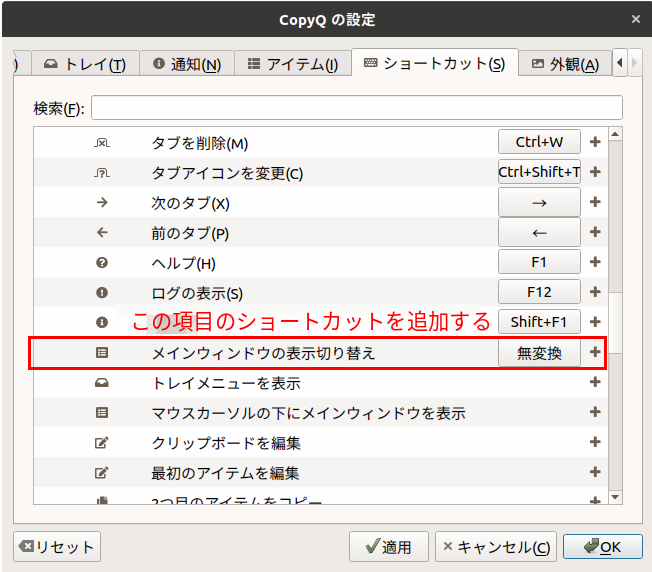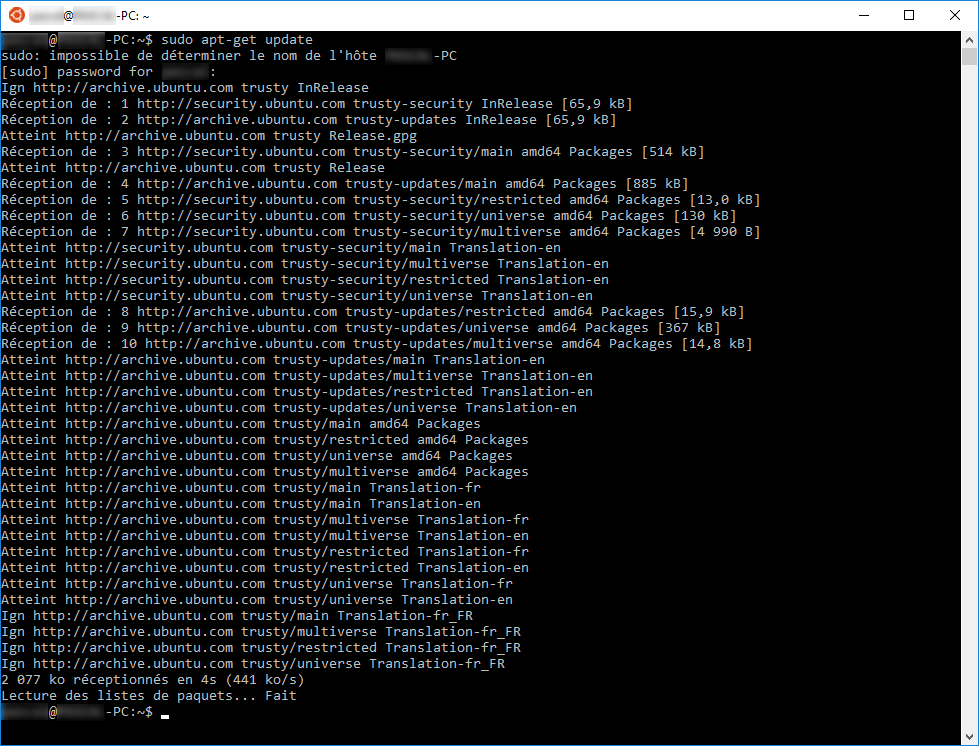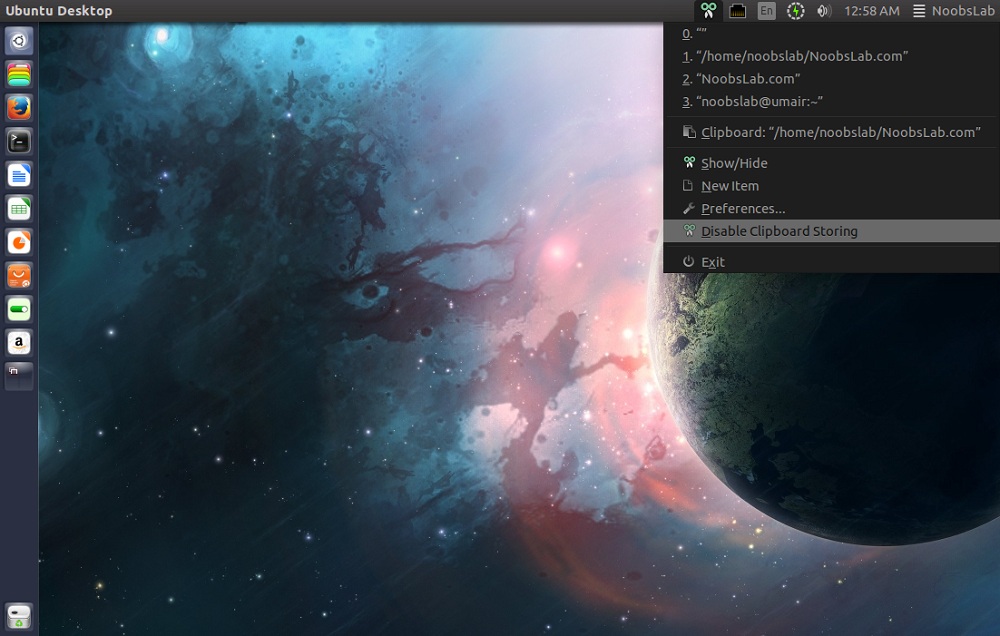
In fact, those keystrokes were recruited a long time before graphical shells were invented, back when a teletype (TTY) was a physical thing. Ctrl+C and Ctrl+V were allocated functions long before copying and pasting were ever thought of. Once our newcomer opens a terminal window and tries to copy and paste at the Bash shell command prompt, that all changes. They use the keystrokes from muscle memory and get on with their work. Ctrl+C copies highlighted text and Ctrl+V pastes it at the cursor. Our newcomer to Linux probably doesn't even think about the fact that these conventions have been carried through to these applications. Those very same keystrokes work in most Linux graphical applications, such as the editor gedit or the LibreOffice office suite.

In Windows, you use Ctrl+C to copy a section of highlighted text and Ctrl+V to paste it. The new 4.0.0 release features new script engine with some new functions, better ECMAScript support, improved performance. CopyQ is a free and open-source clipboard manager with editing and scripting features. Advanced Active Directory and LDAP integration.

Security updates for the full open source stack. Ubuntu Pro Desktop is free for personal use on up to five machines.

#Ubuntu copyq how to#
When people use a Linux computer for the first few times, whether they come from the Windows or the macOS worlds, they are often confounded when trying to copy and paste within a terminal window. Here’s how to install it in Ubuntu 20.04, Ubuntu 21.04, Ubuntu 18.04 via PPA. Ubuntu Pro Desktop is a comprehensive subscription delivering enterprise-grade security, management tooling, and extended support for developers and organisations. Copying and pasting text is a staple part of using a computer.


 0 kommentar(er)
0 kommentar(er)
